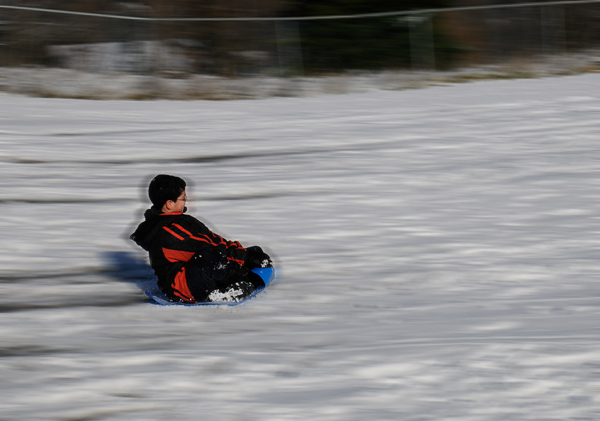Sports Photography Tips
10 Simple tips that can help you with Sport Photography
Sports photography or Action photography is all about timing. It’s about reacting. It’s about being in the right place at the right time, and it’s about speed.


Here I am going to share ten basic Sport Photography Tips.
1- Know your Sport
Each sport has predictable and unpredictable moments. By knowing the predictable moments, you increase the chance of capturing the right moment. Before going to a Sports photography event, try to learn more about the sport. Understanding the sport keeps you prepared for the right moment.
2- Use high ISO
Most new digital cameras are capable of shooting at a very high ISO. Use this to your advantage and stop the motion.
3- Use a long Telephoto
For sports photography, the longer telephoto that you have, the better the chance for capturing outstanding close-up action.
4- Try different angles
Usually, eye-level angles tend to be a bit boring and do not make for a dynamic shot. Use different angles. Most of the time, a “Low angle” is the winner in sports photography.
5- Always be prepared
From the packing to the click of the shutter. It means to go through your equipment carefully to be sure everything is in working condition, make sure that you packed everything that you need, make sure that you have quick access to all of your equipment when on the site, do not over-pack with equipment that you are not going to use, be ready for the unplanned (weather changes, positioning changes or limitations), and always be ready to shoot – with your finger on the shutter release and your eye to the camera (you don’t want to miss the money shot because you were not prepared to snap it)
6- Do NOT Chimp
what is Chimping? Here is what Wikipedia has about Chimping:
“Chimping is a colloquial term used in digital photography to describe the habit of checking every photo on the camera display (LCD) immediately after capture.”
This means taking a test shot before the action starts, if you need to, to be sure your settings are correct, and then only check again during downtimes or when lighting changes.
7- Learn your camera’s settings and functions
This is the most important tip of all, and we can help you learn the critical ones in our upcoming Sports Photography workshop.
8- Use Shutter Priority
In most cases, Shutter Priority (TV/S) will be your choice. There are times ( such as a very bright and sunny day) that you may want to use Aperture Priority (AV/A) to reduce the depth of fields. We will discuss this in our Sports Photography workshop in detail.
9- Add a Monopod to your gear
A monopod can be your best friend in Sports Photography; it not only makes the camera more steady but also takes away the weight from your hand and neck!
10- Location, Location, Location
This applies to Sports Photography more than to real estate! You have to be very careful about choosing your shooting spot for sports photography. We will discuss this in more detail later.
Stay tuned for more tips to come,
Ted and Omnilargess Team
Search:
| Event | Venue | Date | |
|---|---|---|---|
| Omnilargess Beginner Photography Bootcamp | Backbone Office |
|
Register |
| Mill Lake Photography Workshop | Mill Lake Park |
|
Register |
| Tofino to Ucluelet Tour | Ucluelet |
|
Register |

